Cuccù
Cuccù or Cucco, an ancient Italian card game, published by Masenghini, 1979.
Cuccù, or Cucco, is an ancient Italian card game from 17th century or earlier which has relations in Austria, Germany and Scandinavia (called ‘Gnav’). The deck contains number and picture cards, two of each, 40 in total. The number cards run fron 1 to X. The picture cards contain illustrations, including a cat, a horse, an inn and a cuckoo (which in this case resembles an owl) which have different point values in the game. Other picture cards (the fool, the lion, the bucket, the grotesque face) have no value in the game. The aim is to avoid holding the lowest value card at the end of a round. See the Rules►
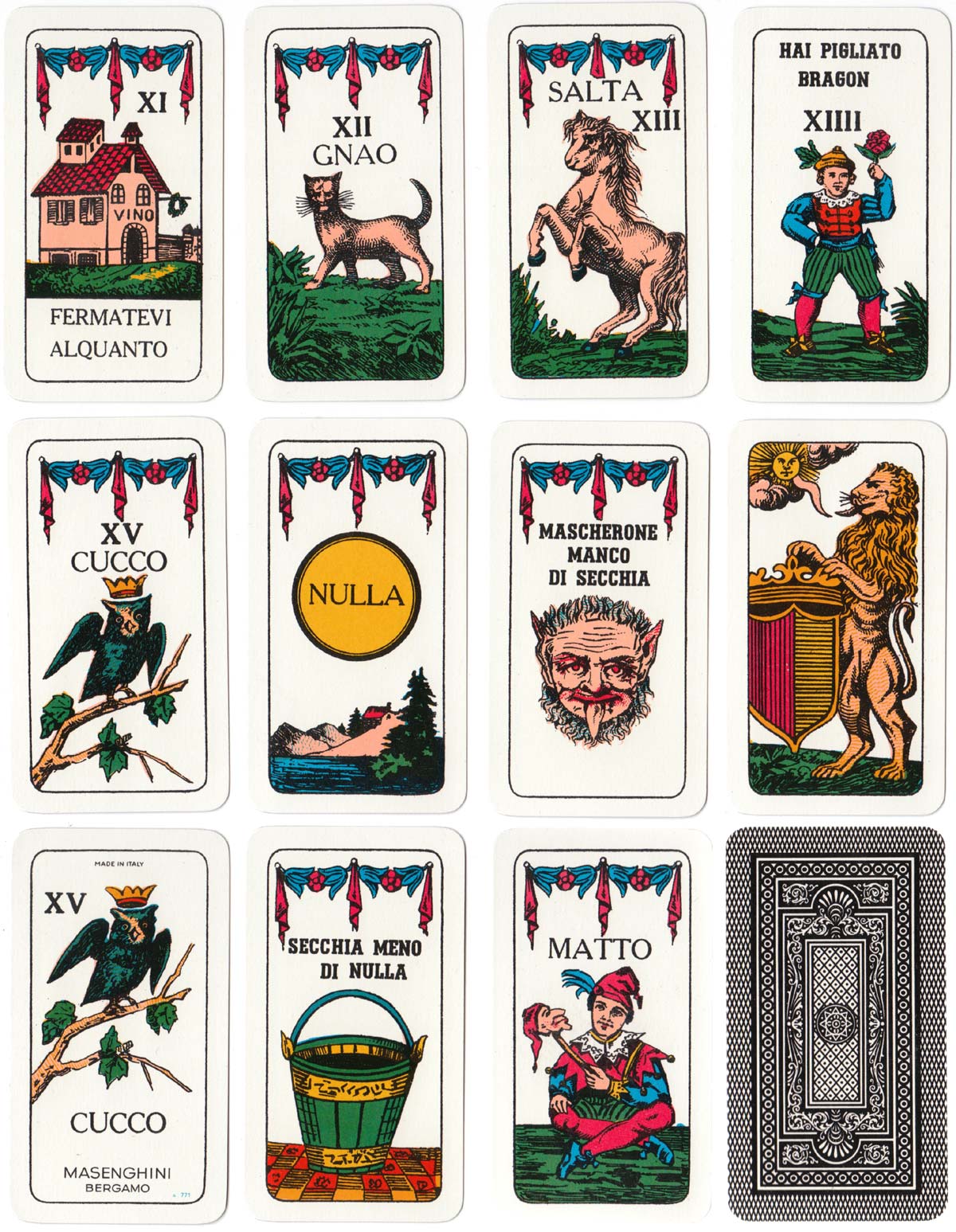

Above: Cuccù or Cucco, an ancient Italian card game, published by Masenghini, 1979. Images courtesy Rex Pitts.
By Rex Pitts (1940-2021)
United Kingdom • Member since January 30, 2009
Rex's main interest was in card games, because, he said, they were cheap and easy to get hold of in his early days of collecting. He is well known for his extensive knowledge of Pepys games and his book is on the bookshelves of many.
His other interest was non-standard playing cards. He also had collections of sheet music, music CDs, models of London buses, London Transport timetables and maps and other objects that intrigued him.
Rex had a chequered career at school. He was expelled twice, on one occasion for smoking! Despite this he trained as a radio engineer and worked for the BBC in the World Service.
Later he moved into sales and worked for a firm that made all kinds of packaging, a job he enjoyed until his retirement. He became an expert on boxes and would always investigate those that held his cards. He could always recognize a box made for Pepys, which were the same as those of Alf Cooke’s Universal Playing Card Company, who printed the card games. This interest changed into an ability to make and mend boxes, which he did with great dexterity. He loved this kind of handicraft work.
His dexterity of hand and eye soon led to his making card games of his own design. He spent hours and hours carefully cutting them out and colouring them by hand.

Leave a Reply
Your Name
Just nowRelated Articles
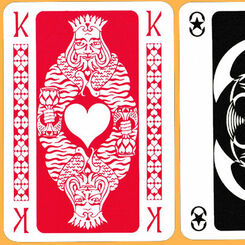
Bolzani e Spagnolo
Stylish monochrome designs by the Archinstudio of Guido Bolzani and Gian-Piero Spagnolo, printed by ...

Le Avventure di Pinocchio
Avventure di Pinocchio by Dal Negro, based on Carlo Collodi’s famous 1883 novel “The Adventures of P...
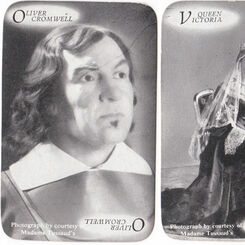
Have A Go
Have A Go card game published by Photo-Briton Ltd featuring photographs of waxwork figures from Mada...

Holiday Games
IE Design Holiday Games, c.1990s.
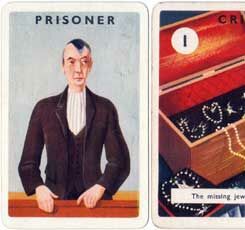
Alibi
“Alibi” the thrilling card game by Haytor, Tor Productions, 1930s.
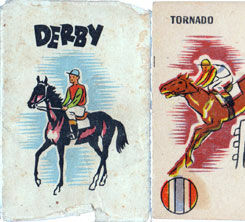
Derby
‘Derby’ card game from Czechoslovakia.

Kille
‘Kille’, an old Swedish card game
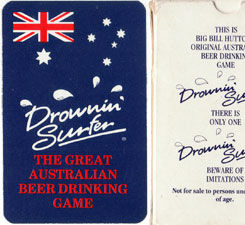
Drownin’ Surfer
Drownin’ Surfer card game
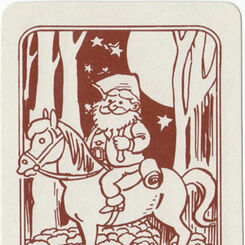
Drover’s Dilemma
“Drover’s Dilemma” - a card game from Australia.

Figures Amusantes
French language edition of a children's quartet game published by B. Dondorf, c.1900, consisting of ...

St George Game
St George Game, 1858, depicting St George and other saints engaged in battle slaying the dragon to s...
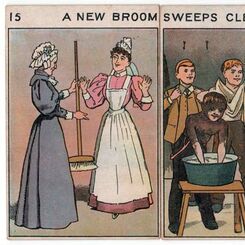
Picture Proverbs
Picture Proverbs was a Victorian card game illustrating popular proverbs which were seen as words of...
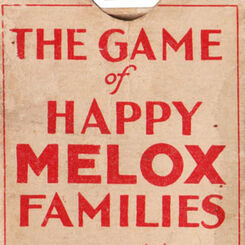
Happy Melox Families
The “Game of Happy Melox Families” was published by G. Clarke & Son of Thomas Street, London, in 192...

Waddy Productions
Waddy Productions Ltd was a member of the giant Amalgamated Press group and only published card game...
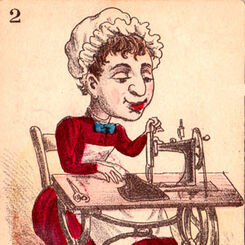
Mauclair Dacier Familles
This “Jeu de Sept Familles” was produced by Mauclair Dacier in the late 19th century.
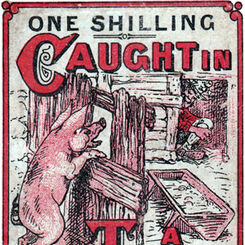
Caught in a Trap
A Victorian card game telling a story of a victim being ensnared in a trap, being caught, and finall...

Gnav
cards from an early 'Gnav' game made by C.L.Keiblinger, Copenhagen c.1860
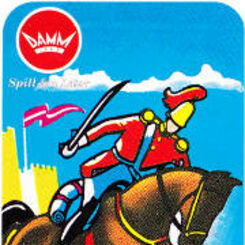
Gnau
Gnau, a Norwegian Card Game

Florentine Pattern
Originally one of several designs which emerged during the nineteenth century, the Florentine patter...

Sicilian Pattern
The Sicilian pack has a similar composition to the Neapolitan pack, and is small and squat in appear...
Most Popular
Our top articles from the past 60 days


 Your comment here. Your comment here. Your comment here. Your comment here. Your comment here. Your comment here. Your comment here. Your comment here. Your comment here. Your comment here. Your comment here. Your comment here. Your comment here. Your comment here. Your comment here. Your comment here. Your comment here. Your comment here. Your comment here. Your comment here. Your comment here. Your comment here. Your comment here. Your comment here. Your comment here. Your comment here. Your comment here. Your comment here. Your comment here. Your comment here. Your comment here. Your comment here.
Your comment here. Your comment here. Your comment here. Your comment here. Your comment here. Your comment here. Your comment here. Your comment here. Your comment here. Your comment here. Your comment here. Your comment here. Your comment here. Your comment here. Your comment here. Your comment here. Your comment here. Your comment here. Your comment here. Your comment here. Your comment here. Your comment here. Your comment here. Your comment here. Your comment here. Your comment here. Your comment here. Your comment here. Your comment here. Your comment here. Your comment here. Your comment here.




















